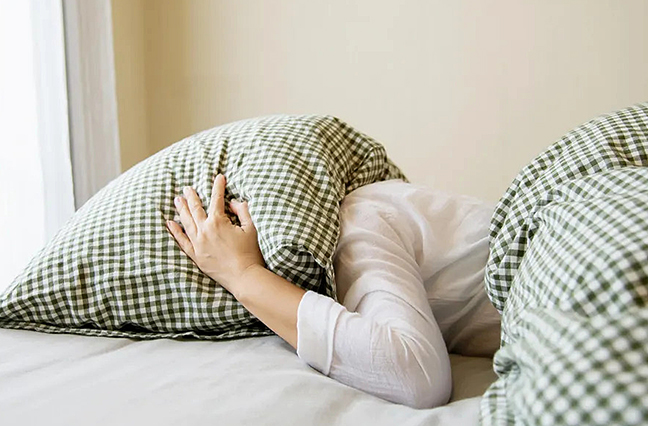Welcome!

Kid napping is OK, but adult napping illegal?
_ “No day is so bad it can’t be fixed with a nap.”
Carrie P. Snow
I once was the victim of a sleep study. Sandra had told me that I sometimes stopped breathing at night, even when she didn’t have the pillow over my face.
So, I went to the sleep study place, allowed myself to be wired up worse than a condemned convict in an electric chair and was told to “sleep normally, just like you do at home.”
The room was similar to a motel room, except I was tied up with wire like a deer in a fence. I asked James, the sleep study guy who monitored me all night, if a person could get electrocuted in such a contraption.
“Not unless we have an electrical storm,” he said, as lightning popped outside.
One thing that had upset James is that I take naps. That indicates, he said, that I’m not getting enough sleep.
Napping has always been a forte of mine. In college, I majored in sleeping and minored in napping. In case you’re wondering, “sleep” is something that occurs in bed, a “nap” doesn’t.
I think that napping ceased to be mandatory after kindergarten. I don’t ever remember being forced to take a nap after that and, actually, sometime along the way, napping became illegal.
“Don’t get caught napping,” people would tell you. If you took a nap, you had to “sneak a nap.” People, usually people in positions of power like your parents, your spouse or your boss, would ask, “Are you asleep?” “No,” you’d lie, “just resting my eyes.”
I’m sure I’ve mentioned this many times before while lobbying for some sort of compulsory national nap law, but my Grandpa Stout was a great believer in the power of naps. A farmer, he’d work in the fields all morning, come in and eat dinner (the noon meal, not that other one) and then lie down under the shade of the oak trees in his yard.
He didn’t nap long, but when he awoke, refreshed, off he went back into the field. He lived to be 94 and I’m certain that the naps added years to his life. That and the homemade strawberry wine. Oh, yes, and the fox hunting.
Naps have been a way of life in many parts of the world since the beginning of time. The first use of the word “nap” in English literature was sometime before 1350. Supposedly, the Romans napped. Spanish cultures nap, or take a siesta, around midday. The word “siesta” comes from the Latin, “Hora Sexto”, or the sixth hour, counting from dawn, therefore noon.
Famous people who were nappers include:
— Winston Churchill, who said he needed his afternoon nap to cope with his responsibilities.
— Thomas Edison, a man after my own heart, who attributed his tremendous amount of energy to sleeping whenever he wanted to.
— John D. Rockefeller, who took a nap every afternoon in his office.
— Eleanor Roosevelt, who was known to take a nap before a speaking engagement.
— William J. Clinton, who retired to his private quarters every afternoon at 3:00 for a 30-minute nap (or so he said).
— Connie Mack, who took a nap before every game.
— Gene Autry, who used to take an hour nap in his dressing room between performances.
— Brahms, who napped at the piano while he composed his famous lullaby. (It made him sleepy, too.)
A recent survey found that 34 percent of us have taken a nap in the past 24 hours. Other studies have suggested a biological need for afternoon naps. There seems to be a loss of alertness and a decrease in body temperature around midday which brings on drowsiness, a fact that has nothing to do with eating lunch.
Companies in Japan virtually force their employees to take naps in special “napping rooms.” If there’s no room available, businesses provide special desk pillows. This prevents employees from having to make up lies about why they fall asleep at their desks, such as “They told me at the Blood Bank this would happen.”
In Germany, some companies have offered their workers the chance to take 20 minutes extra time at lunch to rest. Almost all have accepted and don’t mind leaving work 20 minutes late.
A local television network did a news piece about a Kansas City firm that has small tents set up for employee naps. The company reported that employees were more creative, productive and accurate in their work. They also believed that morale and job satisfaction climbed with rested employees.
There are even books on napping. One, by Bill and Camille Anthony, entitled “The Art of Napping at Work” details the “Seven Habits of Highly Effective Workplace Nappers”.
Books even tell you how best to nap, such as “lie down, if possible, on a bed, floor or sofa. Set your alarm clock for 10-20 minutes. Close your eyes. Let your mind wander.”
Oh, and the seventh “habit of highly effective workplace nappers”? “Begin to plan your next nap as you wake from this one.”
As Robert Fulghum said, “Think what a better world it would be if we all, the whole world, had cookies and milk about three o’clock every afternoon and then lay down on our blankets for a nap.”
I wonder why James didn’t know that.
